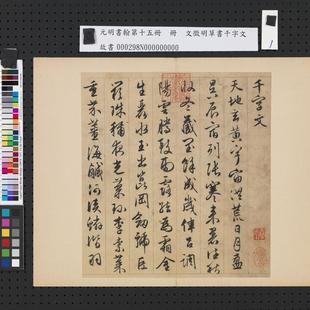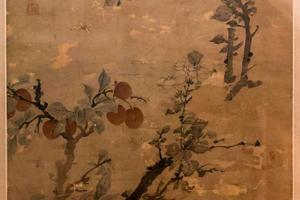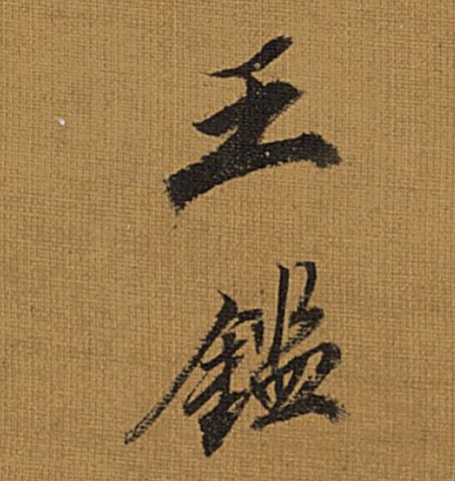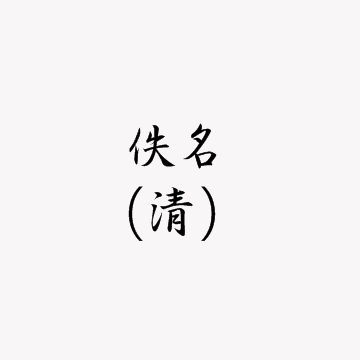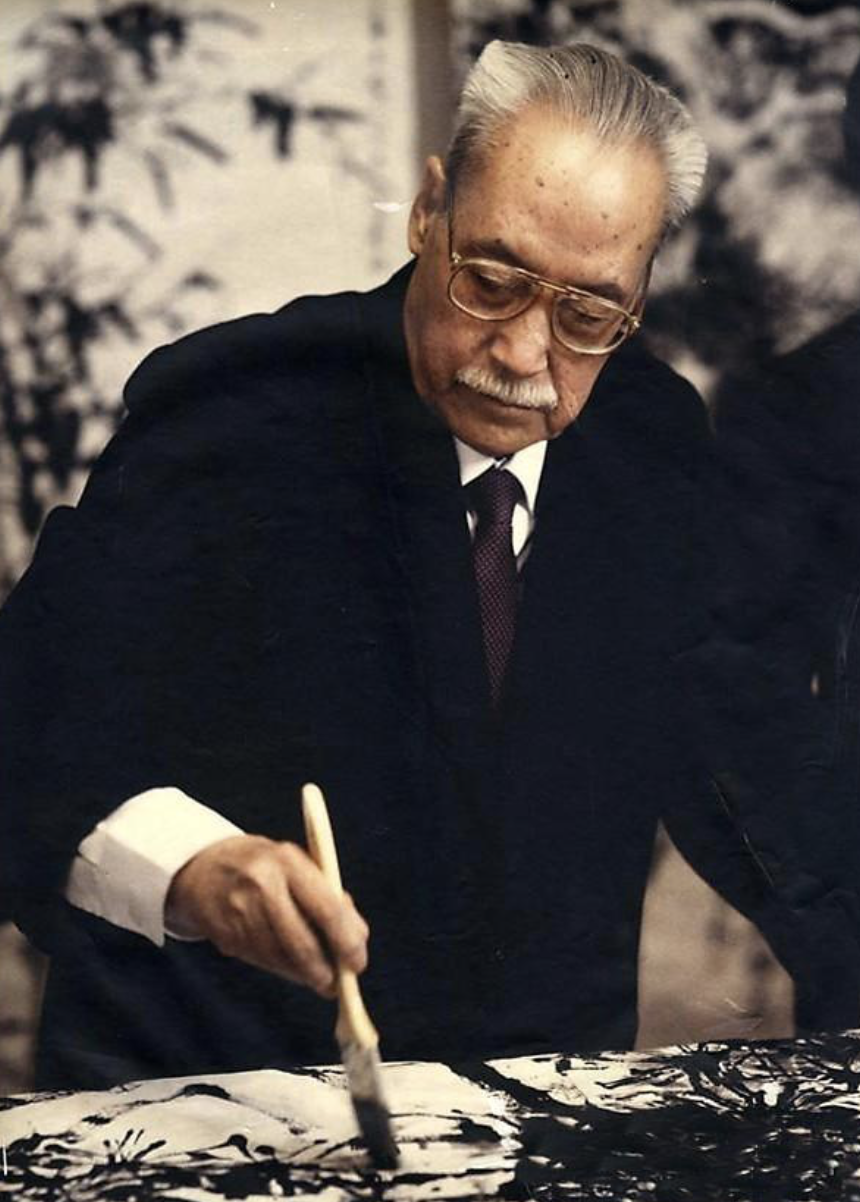找回密码
验证码错误或已过期
元明书翰第十五册册 草书千字文01

元明书翰第十五册册 草书千字文01
-
作者
-
分类未分类
-
创作年代
元明书翰第十五册册 草书千字文01 简介
29.2x36.4,,,,台北故宫博物院。参考资料:石渠宝笈三编(延春阁),第六册,页2583
参考资料:故宫书画录(卷三),第一册,页291
参考资料:故宫历代法书全集,第十八册,页48-62、162-163
参考资料:1.江兆申,〈文征明草书千字文 册〉,收入国立故宫博物院编,《吴派画九十年展》(台北:国立故宫博物院,1975年初版,1976年再版,1981年三版),页308。
参考资料:文征明(1470-1559),长洲(今苏州)人,初名壁,字征明,后以字行,亦字征仲,号停云生、衡山居士。诗文书画并佳,画师沈周,为明四家之一。书法广泛临习前代名迹,终能兼擅各体书法。此册书于嘉靖八年(1529),是文征明六十岁所书,写于「金粟山藏经纸」上,用笔劲挺锐利,严谨中有率意,线条或瘦硬挺拔,或圆润饱满,结体方圆并济,遒劲中不失清和,为其千字文之代表作。选自〈元明书翰〉第十五册。
参考资料:Wen Zhengming, a native of Changzhou (modern Suzhou), at first went by the name Bi and later took the style name Zhengming. He also had the style name Zhengzhong and the sobriquets Tingyun sheng and Hengshan jushi. Excelling at poetry, prose, calligraphy, and painting, in the latter he studied under Shen Zhou and eventually became one of the Four Ming Masters. In calligraphy, he copied from a wide range of ancient masterpieces, being finally able to combine the virtues of all scripts. This album, the fifteenth in “Albums of Yuan and Ming Calligraphy,” was done in 1529 when Wen was at the Chinese age of 60. Written on “Mt. Jinsu sutra paper,” the brushwork is forceful and sharp, having a sense of freedom in its regulation. The lines also appear thin and strong as well as round and moist. The characters likewise combine angularity and roundness, their power not lacking in purity. Thus, this is a representative example of Wen Zhengming’s “Thousand Character Classic.”
简介
相关作品推荐

